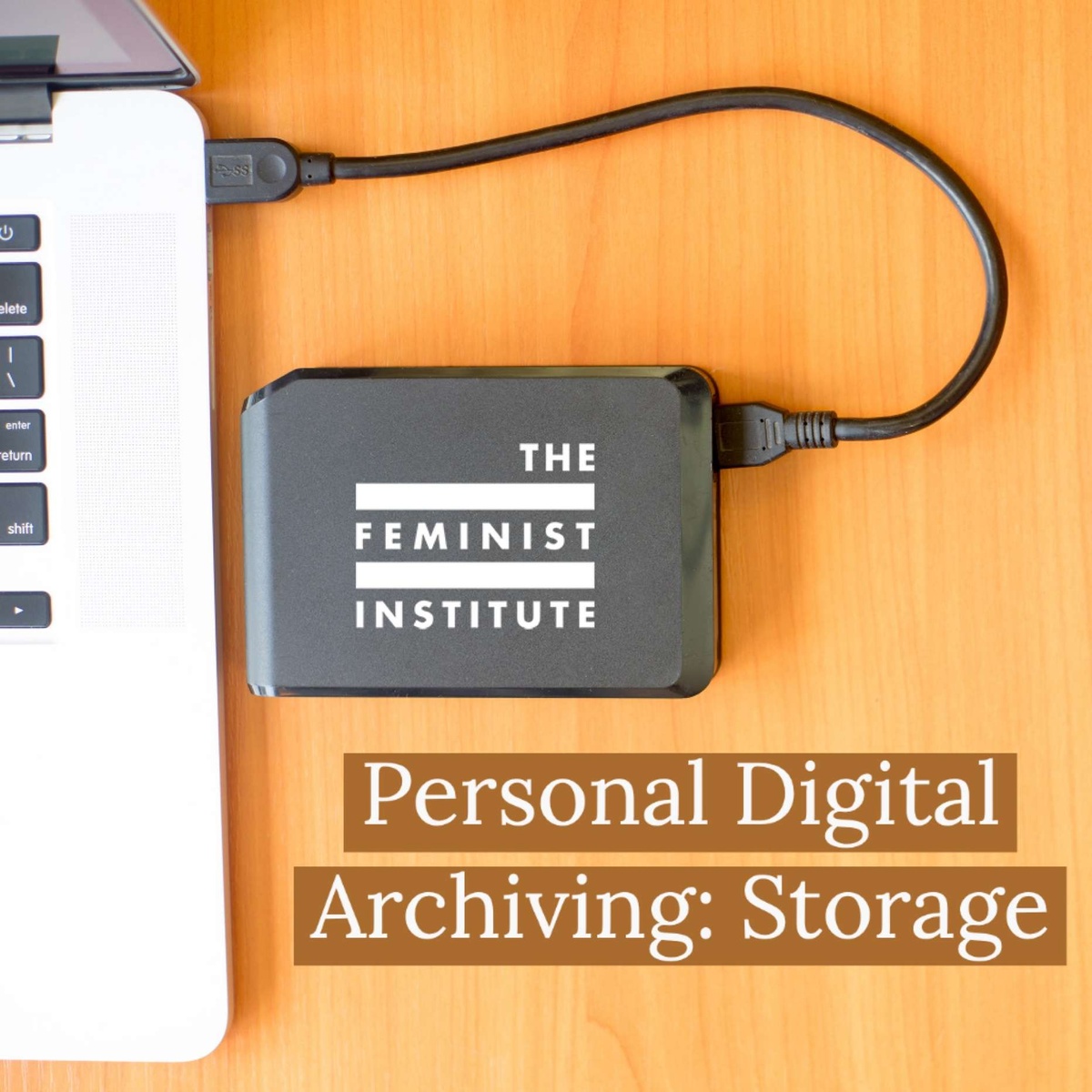Personal Digital Archiving: Storage

We’ve finally reached the last stage of our personal digital archiving journey: selecting storage! Storing your digital objects requires active maintenance and a back-up plan. Not having a plan could leave you in the lurch if your computer’s storage somehow fails. You should also have a plan to migrate your assets every few years to account for changing storage media.
An easy and effective storage method for digital files is the 3-2-1 approach.
Keep three complete copies of all files.
Store two backups on different storage media
Keep one backup in an off-site location (e.g., a friend’s house, safety deposit box)
Selecting storage media
Below are our top tips for selecting storage.
Use cloud-based storage and external hard drives for storage and backup.
Avoid using CDs, DVDs, and flash drives. These formats are incredibly sensitive, with a high chance of data loss.
Back up your collection at least once a month and check to ensure your external drives are functioning and that the files are not corrupt.
Avoid spreading one backup over multiple storage devices. Complete backups in one location will help in finding and retrieving files later.
If utilizing hard drives, be sure to migrate data every five to seven years. After this time, it is more likely that the device will fail due to physical degradation.
Cloud storage versus hard drive
Cloud storage
Recurring cost
Provides convenience, easy expandability, and no physical media to maintain.
Requires a reliable internet connection; if you live in an area with inadequate coverage, it may be more difficult to upload and download TBs of data.
When evaluating cloud solutions, consider the monthly cost over time and whether the service provides an easy option for downloading or retrieving all of your data.
Vendors include Backblaze, Dropbox, Google Drive, and iCloud. Google Photos and Flickr could also work.
External Hard Drives
Upfront cost
Can be easily purchased from online retailers
1 TB of storage goes for about $50; 4 TB of storage goes for about $100.
Will need to replace every five to seven years
Using an external hard drive is intuitive; you can drag and drop files onto the hard drive or schedule automatic backups.
Be sure to purchase a reputable brand: drive quality does vary. Western Digital, LaCie, and Seagate are three trusted brands.
Remember: you will need to migrate data off the hard drive every few years, even if the older drive is still functioning. If the older hard drive is still functional, you can keep your data on it, but be sure that your collection is also on a newer device.

